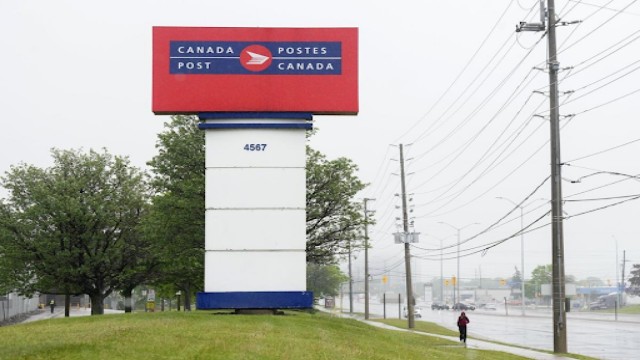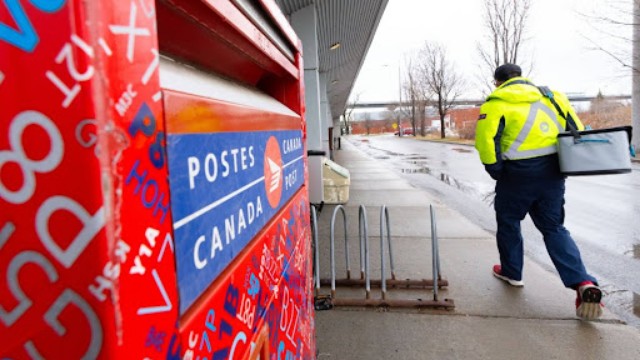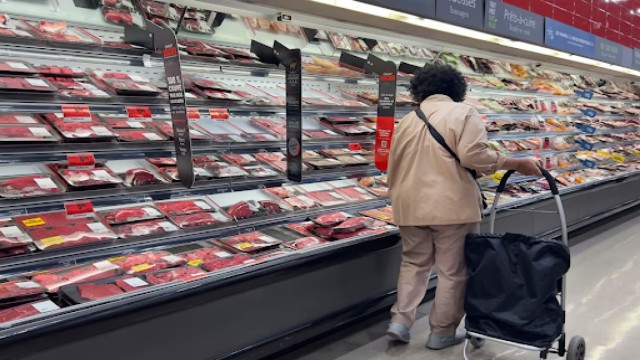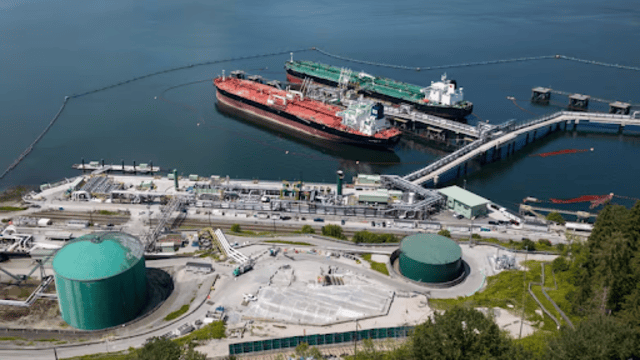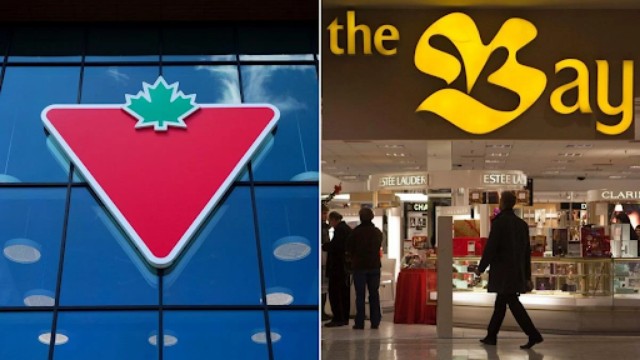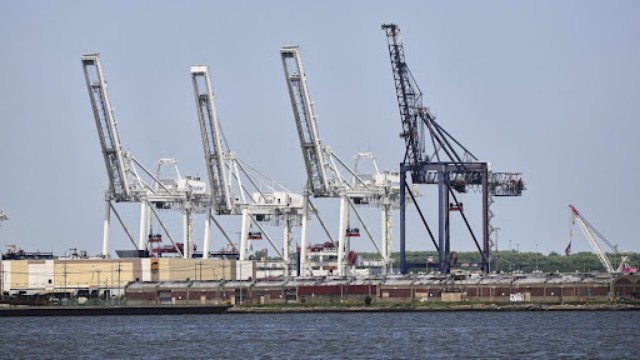
A driver wraps up fueling at a gas station just north of Newcastle, Ontario, on Tuesday, April 1, 2025, as the per-litre price of gasoline is shown on the display. (Doug Ives/The Canadian Press)
Canadians got a bit of relief at the gas pumps in April, and it’s starting to show in the country’s inflation numbers. Economists believe that the end of the federal consumer carbon price played a major role in cooling inflation, with the annual rate expected to drop to 1.6%—a noticeable fall from March’s 2.3%.
Statistics Canada will confirm the numbers this Tuesday, just ahead of the Bank of Canada’s interest rate decision set for June 4. The forecast, based on data from LSEG Data & Analytics, reflects optimism that inflation is inching closer to the Bank’s long-standing 2% goal.
The drop in gas prices follows Prime Minister Mark Carney’s decision to scrap the consumer carbon price in April. This levy had added about 18 cents to every litre of gasoline. Its removal is expected to cut headline inflation by 0.7 percentage points every month for the next year, according to the Bank of Canada.
RBC economists Nathan Janzen and Abbey Xu noted in a Friday report that Canada’s inflation readings have been influenced by several recent tax changes. April’s figures also reflect the end of a short-term federal tax break on select goods, which had expired in February.
Motorists weren’t the only ones benefiting from falling gas prices. Tu Nguyen, an economist at RSM Canada, pointed out that global oil prices also dropped in April, thanks to slower economic growth worldwide and increased oil output by OPEC nations.
Nguyen added that slowing rent increases are also helping ease the pressure on overall inflation. She expects April's number to remain close to the Bank of Canada’s 2% target. However, any hope that lower transportation costs might reduce prices across the board could be short-lived.
April also marked the first full month of a new trade standoff between Canada and the U.S. In response to American tariffs on Canadian steel and aluminum, Canada has introduced its own countermeasures. Though some goods—like vehicles—are exempt, businesses now face more supply chain hurdles.
Nguyen cautioned that whatever savings businesses see at the pump might be offset by trade-related costs. Companies may need to either absorb higher expenses or shift away from U.S. suppliers, both of which can drive prices up—especially for cars and auto parts.
Despite the trade tension, she doesn’t expect a major spike in April’s inflation data. In fact, recent U.S. figures show little impact from tariffs, suggesting similar results for Canada.
The Bank of Canada kept its key interest rate unchanged in April after a series of cuts. Governor Tiff Macklem explained the decision was driven by uncertainty around the trade dispute and its potential impact on the economy.
Canada’s job market is also showing signs of strain. Unemployment ticked up to 6.9% last month, largely due to layoffs in manufacturing—a sector vulnerable to trade issues. This could push the Bank of Canada to resume rate cuts in June.
TD Bank’s Marc Ercolao believes the slowing economy gives the Bank room for another quarter-point rate cut. Market odds now sit above 64% in favour of that move next month. Nguyen expects two more cuts by year’s end, though likely spaced apart.


